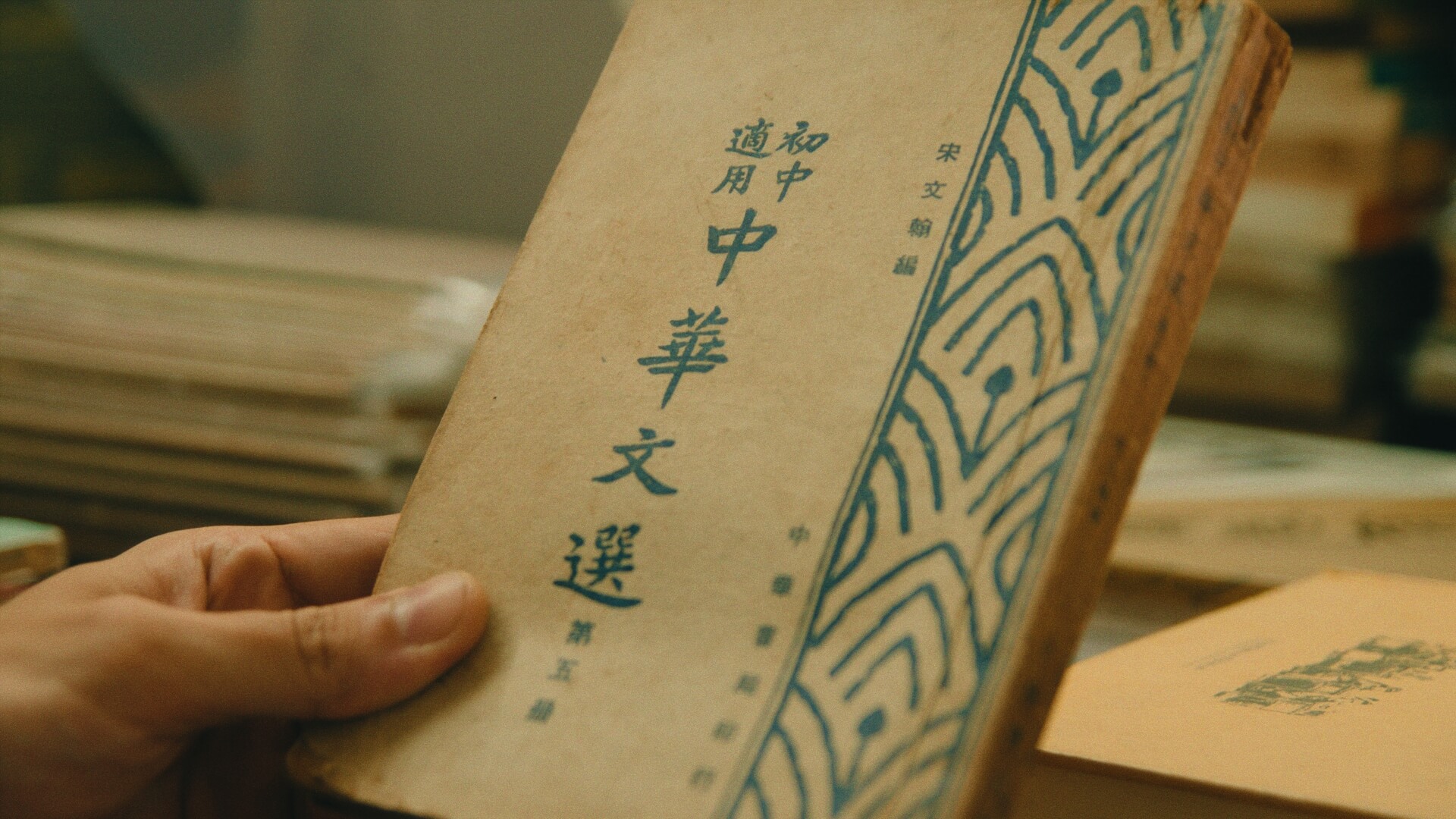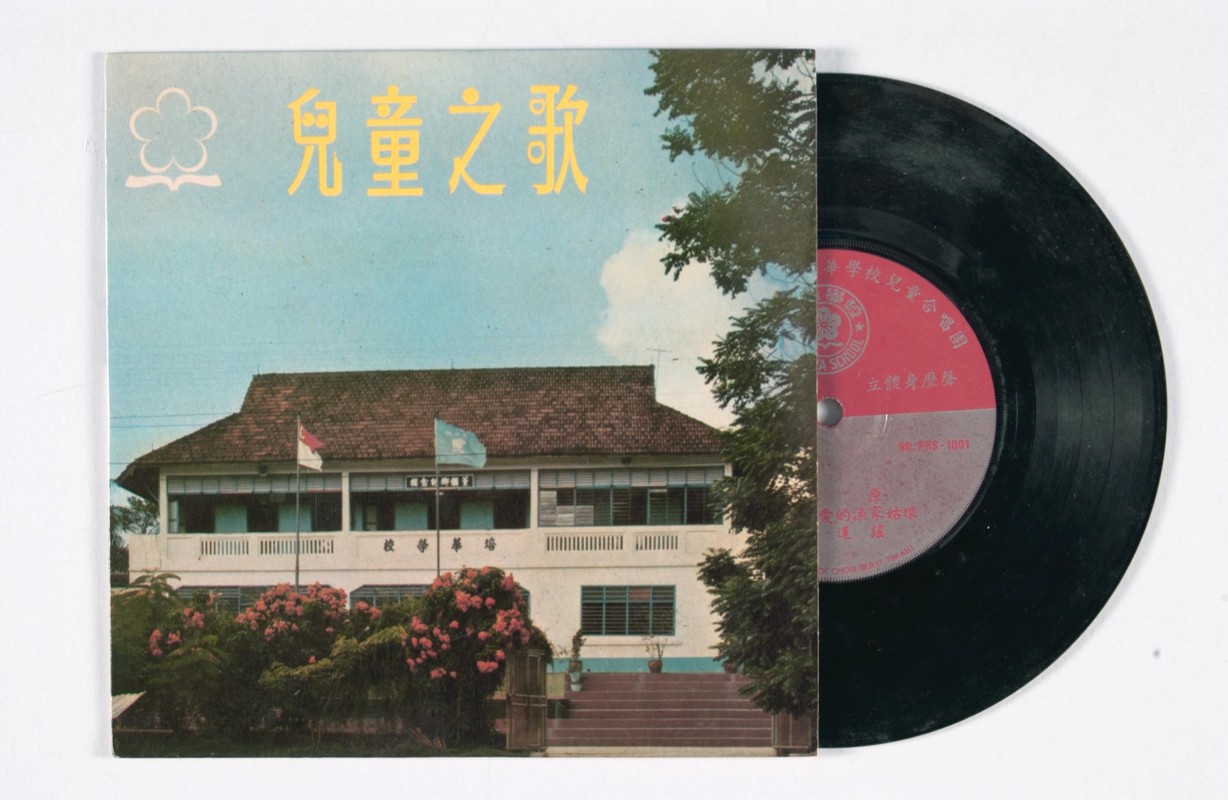Post-War education reform: The Malayanisation of Chinese-medium textbooks (1951–1965)
Originally created for students in China, pre-war Chinese-medium textbooks had several distinct characteristics. First, they were marked by strong anti-imperialist and xenophobic sentiments. Second, they emphasised patriotism. And finally, they were steeped in Chinese cultural elements. Even the “textbooks suitable for use by overseas Chinese in Nanyang” and Singapore-imprint “Nanyang textbooks” specifically designed for Nanyang overseas Chinese students exhibited these characteristics, with a relatively weak emphasis on local identity.
In the early post-war period, Chinese-medium schools in Malaya (including Singapore) experienced significant growth. Continuing to use pre-war textbooks and instilling the students with a China consciousness would have contradicted the objectives of the new educational policies. To change this trend, it was imperative that Chinese-medium school textbooks be revised.
In 1951, in order to follow through with the Ten-Year Education Plan and the Five-Year Supplementary Education Plan, which were implemented since 1948 to promote English-medium education and control the development of dialect schools, including Chinese schools, the Malayan Federal Government invited Chinese education expert William Fenn (1903–1993) and United Nations official Dr Wu Teh-Yao (1915–1994) to conduct a study on Chinese-medium education in Malaya. This marked the beginning of the Malayanisation of textbooks.
The Malayanisation of textbooks
The experts’ report on Chinese Schools and the Education of Chinese Malayans, also known as the Fenn-Wu Report, contained several criticisms of the China-published “textbooks suitable for use by overseas Chinese in Nanyang” and Singapore imprint “Nanyang textbooks” used in Chinese-medium schools in Singapore and Malaya at the time. The report pointed out that the Chinese Language textbooks were not thoroughly revised, which resulted in a lack of harmonisation of Malaya and China content. The history and geography textbooks were heavily focused on China, and the general knowledge textbooks were too ambiguous, lacking cohesion between China and Malaya content. Similarly, the civic education textbooks were weak in local content and lacked emphasis on inter-ethnic cooperation.
The report recommended that the government establish a textbook committee to undertake the revision and writing of Chinese-medium school textbooks. The revised textbooks had to consider Malayanisation as a standard for content.1 During that period, although Singapore and Malaysia were politically separate, they remained interconnected in many ways. Therefore, the concept of Malayanisation applied to Chinese-medium schools in both regions.
Distinctive features of Malayanised textbooks
One of the distinctive features of Malayanised textbooks was the Malayanisation of the editorial team. In 1952, the United Publishing House was formed by five major publishers in Singapore, and they appointed Dr Zhuang Zexuan (1895–1976), a China educator who was then the principal of Han Chiang High School in Penang, as the chief editor of the textbooks. The editorial team included individuals responsible for the Chinese Language textbooks, such as Yee Soon How (1905–1957), Jin Shi (birth and death years unknown), and others. These editors were Chinese educational professionals, famous cultural figures, or important intellectuals who resided in Malaysia at that time. The textbook editorial committees and proofreaders from other publishers included figures from the literary and educational fields, such as Gwee Yee Hean (1929–2013), Linda Chen Mong Hock (1928–2002), Jing Si, Lie Tjwan Sioe (1914–1998), Chiou Sin Min, Yap Bor Lim, Zhuang Zhiquan, Huang Junxin, and Zheng Xiangdun.2
In 1953, the first set of Malayanised textbooks, the United Publishing House’s edition of Chinese Language (Guoyu), was introduced. Subsequently, until 1956, various Malayanised textbooks were available on the market. Apart from the United Publishing House edition, other publishers released their versions, including the Modern Series from Shanghai Book Company, the World Series from World Book Company, the Chung Hwa–Commercial Series jointly published by The Commercial Press and Chung Hwa Book Company, and the Nanyang Series from Nanyang Book Company. These textbooks covered various subjects, including language, civic education, general knowledge, history, geography, mathematics and the sciences.
Another characteristic of Malayanised textbooks was the localisation of content. The first set of Malayanised textbooks, including the Chinese language, civic education, general knowledge, and other subjects, adhered to the curriculum guidelines and Principles and Key Points for writing Various Subjects for Malayan Chinese Schools issued by the education authorities in Singapore and Malaya. These textbooks emphasised retaining Chinese cultural backgrounds while focusing on Malaya to cultivate a sense of love and attachment to Malaya among students.3
The United Publishing House Series Civic Education textbooks (1954, 1955, 1960) for primary schools were particularly designed to align with the civic conditions and the communal life of various ethnic groups in Malaya as much as possible. The aim was to adapt the content to the local environment and children’s experiences.4 These textbooks primarily covered topics such as the ethnic composition of Malaya, diverse religions, customs, constitution, parliament, administrative divisions, government agencies, community organisations, transportation, police and law enforcement, historical figures, the rights and responsibilities of citizens, and interethnic cooperation. Two-thirds of the content was localised, reflecting the distinct characteristics of Malaya.
Standard Singapore curriculum
In December 1956, the education authorities in Singapore and Malaya took separate paths, and the Singapore Ministry of Education reorganised the Chinese School Textbook Committee and revised the curriculum standards for Chinese-medium schools, extending them from primary to secondary education. From 1961 onwards, Chinese textbooks in Singapore’s primary and secondary schools had to be written in accordance with the Standard Curriculum for Primary and Secondary Schools, revised in 1961 and 1963. This further emphasised the localisation of content and loyalty to place of residence.
For example, the Chinese Language Textbook for Singapore Primary Schools, published by the Educational Suppliers Cooperative Limited (1961, 1963), was written in accordance with the curriculum standards for Chinese primary schools implemented in the self-governing state of Singapore in 1961. The main purpose of these textbooks was “to meet the needs of the nation’s education, guide the children to develop a noble character, instil a sense of national consciousness, and promote the spirit of harmony, cooperation, and love for the country among the various ethnic groups in the country”.5
This entire set of textbooks focused on the society of Singapore and Malaya, describing or depicting the landscapes, cultural heritage, and customs of Malaya. The illustrations in the textbooks featured individuals from various ethnic groups, including the Chinese, Malay, and Indian communities, reflecting the spirit of unity and cooperation among these ethnic groups. The Malayanised content of the geography and history textbooks was especially rich and specific.
In August 1965, Singapore separated from Malaysia to become an independent nation. Educational Suppliers Cooperative Limited took the lead in 1967, introducing a revised edition of Chinese Language textbooks. This revision further transformed content with a Malayan perspective into Singaporeanised content.


This is an edited and translated version of 战后的教育改革与马来亚化教科书(1951-1965). Click here to read original piece.
| 1 | Chinese Schools and the Education of Chinese Malayans: The Report of a Mission invited by the Federation Government to study the problem of the Education of Chinese in Malaya (Kuala Lumpur: The Government Press, 1951), 16–18. |
| 2 | Birth and death years of several individuals are unknown. |
| 3 | The Modern Series of Chinese Language for Upper Primary includes a poem in its second lesson titled “We Love Malaya”. This poem best represents the sentiment and spirit of that time. |
| 4 | “Editorial objectives”, in the United Publishing Series of Civic Education. |
| 5 | “The editorial objectives for Chinese Language editing for Singapore Chinese Primary Schools”, in the Educational Suppliers Cooperative Limited’s series of Chinese Language (Revised in 1967). |
Cao, Ruth, ed. Pages that Opened our Minds: A Pictorial Catalogue of Early Chinese Textbooks in Southeast Asia. Singapore: Chou Sing Chu Foundation, Popular Holdings Limited, National Library Board Singapore, 2014. | |
Lee, Meiyu, ed. Pages that Opened our Minds: A Pictorial Catalogue of Chinese Textbooks in Singapore (1902-2015). Singapore: National Library Board Singapore. 2017. | |
Kuay, Ying Xuan, ed. Pages that Opened our Minds III: A Pictorial Catalogue of Early Chinese Textbooks in Southeast Asia by World Book Company. Singapore: Chou Sing Chu Foundation, Popular Holdings Limited, 2020. |










